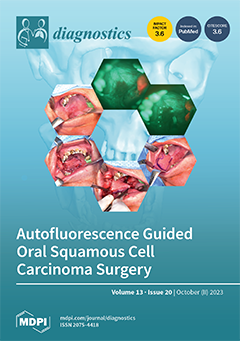The red cell distribution width (RDW) measures the heterogeneity of the erythrocyte volume. Different clinical conditions are associated with increased RDW, and high levels (>14.5%) have been described as a predictive marker for unfavorable outcomes and mortality in critically ill patients. However, there is a lack of data on very elderly critically ill patients. Therefore, we aimed to investigate the association of RDW with outcomes in critically ill patients ≥ 90 years. A retrospective analysis was conducted for all consecutive critically ill patients ≥ 90 years who were admitted to the Department of Intensive Care Medicine of the Medical University Centre Hamburg-Eppendorf (Hamburg, Germany) with available RDW on admission. Clinical course and laboratory were analyzed for all patients with eligible RDW. High RDW was defined as (>14.5%). We clinically assessed factors associated with mortality. Univariable and multivariable Cox regression analysis was performed to determine the prognostic impact of RDW on 28-day mortality. During a 12-year period, we identified 863 critically ill patients ≥ 90 years old with valid RDW values and complete clinical data. In total, 32% (
n = 275) died within 28 days, and 68% (
n = 579) survived for 28 days. Median RDW levels on ICU admission were significantly higher in non-survivors compared with survivors (15.6% vs. 14.8%,
p < 0.001). Overall, 38% (
n = 327) had low, and 62% (
n = 536) had high RDW. The proportion of high RDW (>14.5%) was significantly higher in non-survivors (73% vs. 57%,
p < 0.001). Patients with low RDW presented with a lower Charlson Comorbidity Index (
p = 0.014), and their severity of illness on admission was lower (SAPS II: 35 vs. 38 points,
p < 0.001). In total, 32% (
n = 104) in the low and 35% (
n = 190) in the high RDW group were mechanically ventilated (
p = 0.273). The use of vasopressors (35% vs. 49%,
p < 0.001) and renal replacement therapy (1% vs. 5%,
p = 0.007) was significantly higher in the high RDW group. Cox regression analysis demonstrated that high RDW was significantly associated with 28-day mortality [crude HR 1.768, 95% CI (1.355–2.305);
p < 0.001]. This association remained significant after adjusting for multiple confounders [adjusted HR 1.372, 95% CI (1.045–1.802);
p = 0.023]. High RDW was significantly associated with mortality in critically ill patients ≥ 90 years. RDW is a useful simple parameter for risk stratification and may aid guidance for the therapy in very elderly critically ill patients.
Full article






